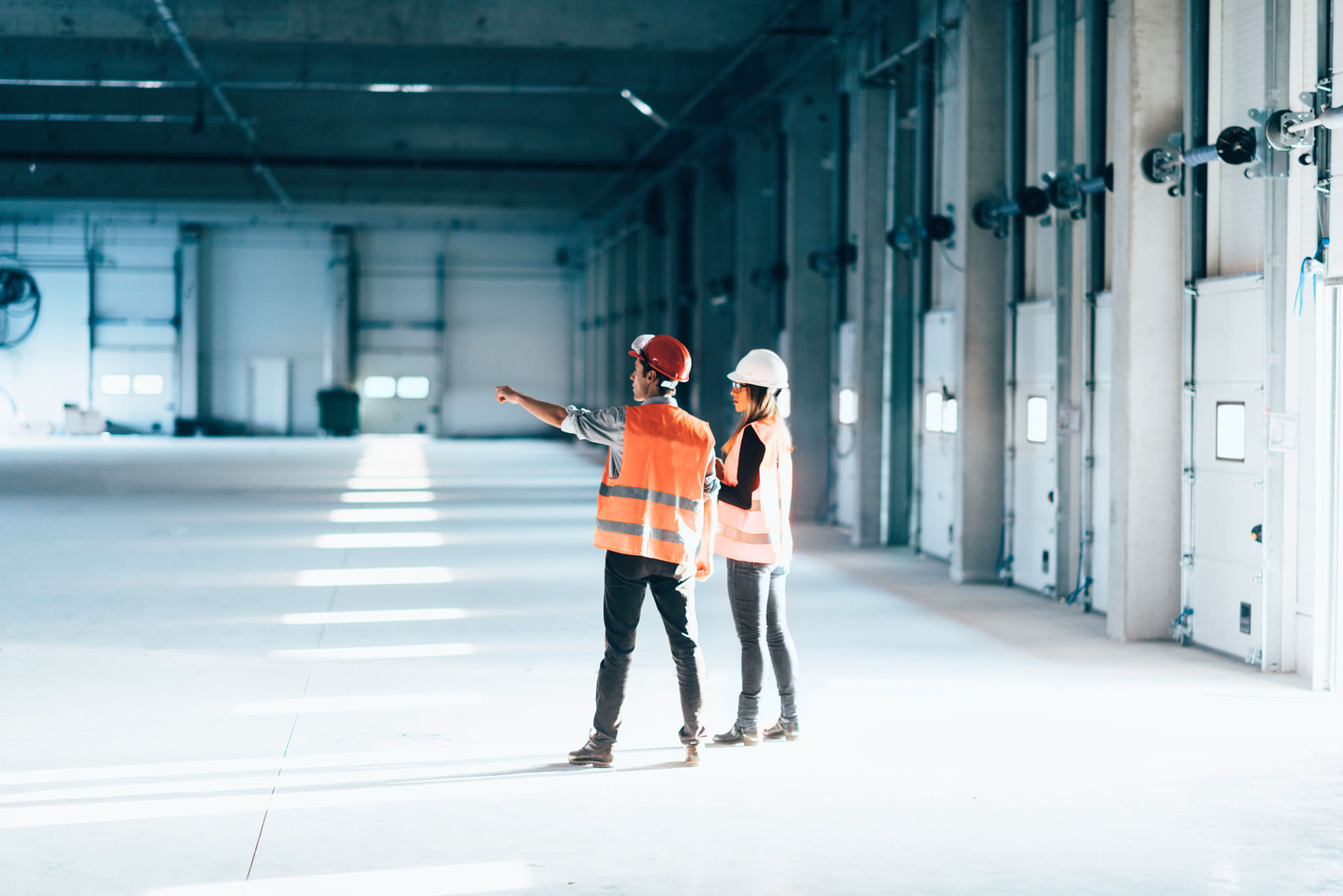Understanding Woodbridge Building Codes: A Guide for Homeowners
AJ
Introduction to Woodbridge Building Codes
Building a home in Woodbridge involves more than just architectural plans and aesthetics; it requires a thorough understanding of the local building codes. These regulations are crucial in ensuring the safety, durability, and efficiency of residential structures. For homeowners, navigating through these codes can initially seem daunting, but with the right guidance, it becomes manageable.

Why Building Codes Matter
Building codes are designed to protect residents and property by setting minimum standards for construction. They address various aspects such as structural integrity, electrical systems, plumbing, and fire safety. By adhering to these codes, homeowners ensure their homes are safe and compliant with local regulations.
Failure to comply can lead to issues such as fines, legal problems, or even the necessity to tear down non-compliant structures. Therefore, understanding these codes is not merely a bureaucratic exercise but a vital step in safeguarding your investment.
Key Aspects of Woodbridge Building Codes
Woodbridge building codes cover several areas. Here are some key aspects homeowners should be aware of:
- Structural Requirements: These include guidelines on foundation depth, materials used, and load-bearing capacities to ensure the building can withstand environmental pressures.
- Electrical Standards: Codes dictate the types of wiring allowed, grounding requirements, and installation of smoke detectors to prevent electrical hazards.
- Plumbing Regulations: These ensure that water systems are safely installed and maintained, preventing leaks and contamination.

Permitting Process
Before beginning any construction or renovation project, homeowners must obtain the necessary permits. This process involves submitting detailed plans for review by the local building department. The review ensures that all proposed work complies with the current building codes.
The permitting process can take time, so it's advisable to plan accordingly. Working with a professional architect or contractor familiar with Woodbridge codes can streamline this process.
Inspections and Compliance
Once construction begins, regular inspections are mandated at various stages of the project. These inspections verify that the work complies with approved plans and building codes. Inspections typically cover areas such as foundation, framing, electrical systems, and final occupancy.
If any issues are identified during inspections, they must be addressed promptly to avoid delays or additional costs. Successfully passing these inspections is critical for obtaining a certificate of occupancy.

Common Challenges and Solutions
Homeowners often face challenges such as understanding complex code language or encountering unexpected revisions in building regulations. To overcome these issues:
- Hire Experienced Professionals: Engaging architects and contractors familiar with local codes can prevent costly mistakes.
- Continuous Education: Stay informed about updates to building regulations through local government websites or community workshops.
- Clear Communication: Maintain open communication with inspectors and officials to address concerns promptly.
Conclusion
Understanding Woodbridge building codes is essential for any homeowner looking to construct or renovate their property. While it may seem complex initially, taking the time to learn about these regulations will ensure your project is safe, compliant, and successful. Remember, the key is to plan ahead, seek professional advice, and stay informed about changes in the codes.
